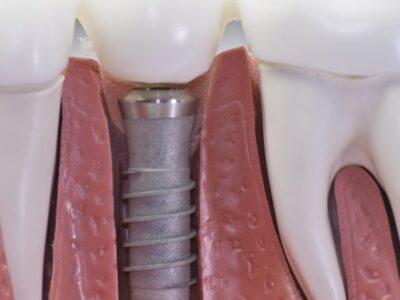
Medical Monitors, otherwise known as medical monitors, are perhaps the unsung heroes of medical testing development. They often face a huge array of challenges while simultaneously working to ensure the security of medical trial subjects, attempting to keep a constant view of the bigger picture while simultaneously monitoring critical lab, facilities, and outcomes for thousands, if not millions, of patient patients.
The ability to operate in such a demanding yet stable environment is a large responsibility that falls squarely on the shoulders of these specialized medical monitors. Unfortunately, many medical monitors fail to meet even the most basic standards required by their industry, leaving them with potentially catastrophic consequences for patients and their trial partners. The following tips can help you understand the requirements of your medical monitor and how you can best prepare for them.
The first thing that you should do prior to shopping for medical monitors is to familiarize yourself with the types of medical displays that are currently available. There are three basic types of medical display that you will need to know about: medical grade display, non-medical grade display, and hybrid medical grade display. All medical monitors will have a medical grade display, which means that they have been designed and built to adhere to both the FDA and EMC regulations.
This type of display is often the preferred option of physicians and medical institutions for a variety of reasons, including the fact that medical grade monitors tend to last longer than non-medical grade ones. However, it is important to understand that medical grade monitors may not necessarily be the right choice for every situation, and it is important to consider whether your equipment needs to be certified by additional agencies as well.
Another of the important tips for selecting medical monitors deals with keeping track of your clinical trial data. When you enroll your trial participants, the trial administrators will provide you with a sheet of paper with instructions on how to collect the clinical trial data. Because all clinical studies are different, it is critical that you keep track of what kind of information each participant has submitted when they have filled out the registration form. For example, medical monitors that use touch screen technology to facilitate the collecting of data will likely differ from those that are paperless. By following these tips for selecting medical monitors, you can ensure that the monitors that you eventually select will collect all of the necessary data in a neat, efficient manner.
In addition to following these tips for selecting medical monitors, it is also important to pay close attention to the monitors that you eventually purchase. Although all investigative sites will offer detailed reports concerning their investigation, there are certain factors that will impact the quality of the reports that you receive. Therefore, it is critical that you make sure that you review all of the details and information provided to you by the medical monitors with your attorney or other trusted advisors before making a final decision. By doing this, you will be able to get a good idea of whether or not a particular brand of medical monitoring will work well for your needs, and if it is likely to cause you unnecessary harms during your clinical trials.











